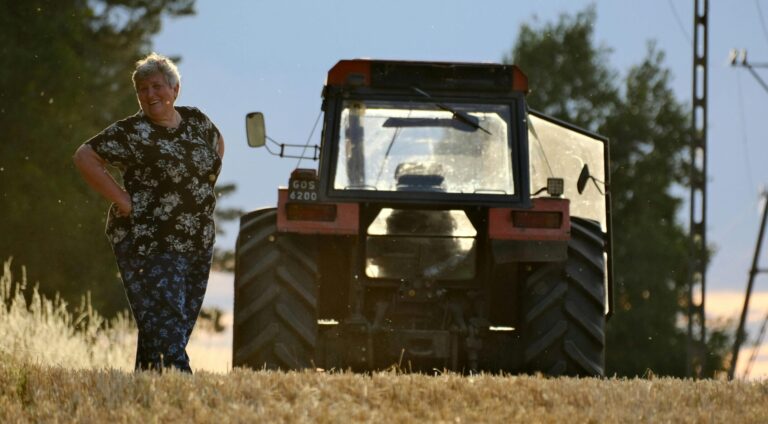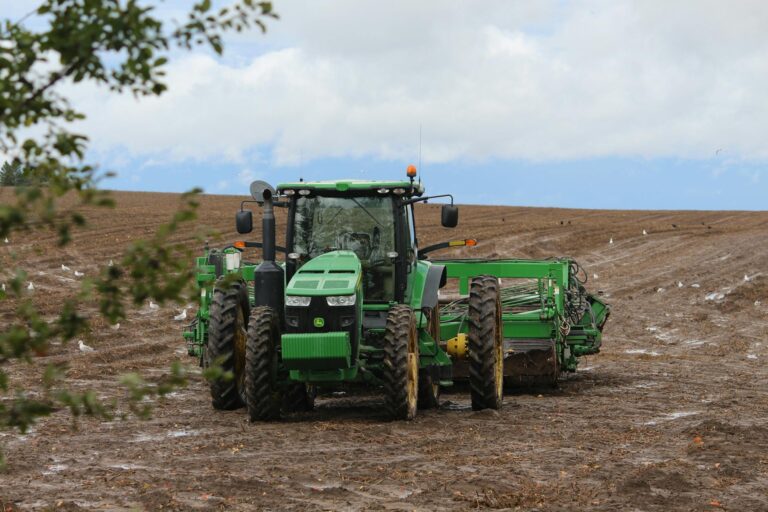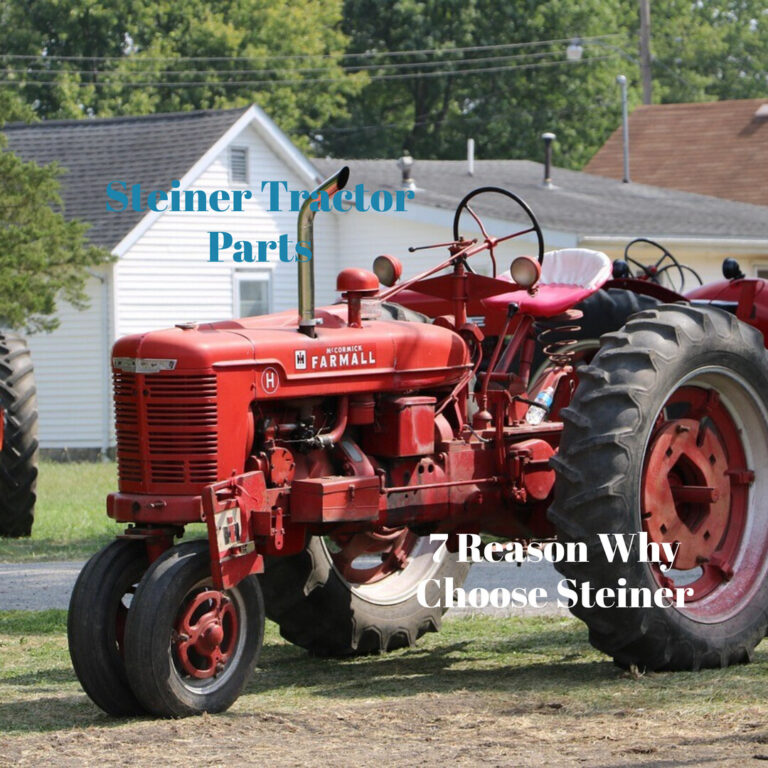When exploring tractor options for farm work, landscaping, or land management, one important factor to consider is to Shuttle Shift. If you’ve spent time browsing tractor specifications, you’ve likely come across the term shuttle shift. But what exactly is it, and how does it compare to other options like hydrostatic transmissions?
In this detailed guide, we’ll break down what is shuttle shift on a tractor, the pros and cons of shuttle shift vs hydrostatic transmissions, and how the shuttle shift transmission works. We’ll also touch on popular models like the Kubota shuttle shift and provide insights into choosing between shuttle shift vs HST for your specific needs.
What Is Shuttle Shift on a Tractor?
First, let’s answer the basic question: What is shuttle shift on a tractor?
A shuttle shift transmission is a type of manual transmission system that allows the operator to change direction (forward or reverse) quickly without needing to manually engage the clutch every time. Typically controlled by a lever near the steering wheel, the shuttle shift feature is designed to make repetitive forward and backward movements more efficient.
In agricultural work, loader operations, and other tasks where frequent directional changes are required, a shuttle shift significantly boosts productivity and reduces operator fatigue.
There are two primary types of shuttle shift systems:
- Synchronized Shuttle Shift (SyncShuttle): Requires clutching to change gears but uses a lever to change direction.
- Power Shuttle Shift: Allows clutchless forward and reverse shifting via a hydraulic system.
Both systems are valuable depending on your working environment and personal preferences.
How a Shuttle Shift Transmission Works
The shuttle shift transmission operates by controlling a set of gears that allow seamless transition between forward and reverse motions. Unlike traditional manual transmissions where you must stop, clutch, and then shift to change direction, a shuttle shift simply requires moving the shuttle lever forward or backward — often with minimal clutching.
Key features of shuttle shift transmission include:
- A dedicated lever (often on the left-hand side of the steering wheel).
- Faster forward/reverse transitions ideal for loader work.
- Less wear and tear on the main clutch if using a power shuttle model.
- Improved efficiency for operators handling repetitive tasks.
This system is highly praised by professionals who work with loaders, backhoes, and other equipment where maneuvering tight spaces is common.
Shuttle Shift vs Hydrostatic Transmission: Which Is Better?
When comparing shuttle shift vs hydrostatic transmissions, it’s crucial to understand how each system operates and what kind of work you’re planning to tackle.
Shuttle Shift Pros:
- Durability: Mechanical transmissions like shuttle shifts generally last longer under heavy loads.
- Efficiency: Better for consistent fieldwork, tilling, plowing, and pulling.
- Power Delivery: Direct mechanical link provides full engine power to the wheels.
- Lower Maintenance Costs: Simpler construction means fewer expensive repairs.
Hydrostatic Transmission (HST) Pros:
- Ease of Use: Press a pedal to move forward or backward — no shifting or clutching required.
- Best for Beginners: Simplifies tractor operation significantly.
- Great for Loader Work: Smooth speed adjustments for precise maneuvering.
- Flexible Speeds: Infinite speed control without stopping to shift.
In short:
- If you’re doing heavy-duty fieldwork, a shuttle shift tractor may be a better choice.
- If your tasks involve lots of precise loader work or if you’re a new operator, hydrostatic (HST) may offer an easier experience.
Understanding shuttle shift vs HST is essential before investing in a tractor. Each type of transmission serves a unique purpose, so matching the tractor to your tasks will save you time, money, and frustration.
Shuttle Shift Tractors: Top Choices
If you’ve decided that a shuttle shift tractor is right for your needs, you’ll find a wide range of excellent models from trusted manufacturers.
Popular Shuttle Shift Tractor Models:
- Kubota L2501 with Shuttle Shift: Known for reliability, durability, and ease of operation. Perfect for medium-duty agricultural tasks.
- John Deere 5045E Utility Tractor: Offers a power shuttle transmission option for easy direction changes.
- Mahindra 2638 Shuttle: Features a simple and robust shuttle transmission great for heavy fieldwork.
Choosing a shuttle shift tractor ensures that you’ll have powerful, long-lasting performance, particularly if you’re hauling, plowing, or using a front-end loader regularly.
Kubota Shuttle Shift: A Standout in the Field
The Kubota shuttle shift system deserves special mention. Kubota has built a reputation for designing tractors that are both rugged and operator-friendly. Their shuttle shift transmissions, especially in models like the L2501 and MX Series, are highly praised for smooth engagement, durability, and ease of use.
Benefits of Kubota Shuttle Shift:
- Heavy-Duty Performance: Great torque and towing capabilities.
- User-Friendly Controls: Shuttle lever located for easy access without taking your hands off the wheel.
- Reliable and Low Maintenance: Kubota engineering ensures fewer mechanical issues over time.
For those considering a shuttle shift transmission, Kubota shuttle shift tractors are an excellent investment, blending modern technology with traditional reliability.
Advantages of Owning a Shuttle Shift Tractor
Besides the direct benefits during operation, owning a shuttle shift tractor also provides:
- Higher Resale Value: Many experienced farmers and landowners prefer mechanical transmissions for their longevity.
- Lower Long-Term Costs: Fewer moving parts and simpler mechanics often translate into lower repair bills.
- Better Fuel Efficiency: Manual transmissions can sometimes deliver better fuel economy under heavy loads compared to hydrostatic models.
Especially for seasoned tractor users who prioritize dependability and raw performance, shuttle shift tractors continue to be a top choice.
Tips for Maintaining Your Shuttle Shift Tractor
To ensure your shuttle shift transmission stays in great working condition for years, follow these maintenance tips:
- Regular Fluid Checks: Keep transmission fluid at the right levels and change it according to the manufacturer’s recommendations.
- Inspect Clutch Linkages: Make sure there’s no excessive play or wear in clutch components.
- Cleanliness Matters: Dirt and debris buildup can cause premature wear.
- Use Proper Lubricants: Always use fluids approved by the tractor manufacturer.
- Service on Schedule: Routine maintenance by a certified mechanic can prevent costly breakdowns.
Maintaining your shuttle shift tractor properly maximizes its lifespan and keeps operational costs low.
Common Questions About Shuttle Shift
Can a shuttle shift tractor be used for beginners? Yes, but it requires a bit more coordination than a hydrostatic tractor. However, many beginners quickly adapt to shuttle shift controls.
Does shuttle shift save time? Absolutely! Especially when working with loaders or in tight spaces, the quick directional changes save significant time and effort.
Is a shuttle shift transmission expensive to repair? Generally, no. Compared to hydrostatic transmissions, shuttle shift systems are simpler and usually cheaper to repair.
Conclusion: Is Shuttle Shift Right for You?
When evaluating tractors for your farm, landscaping business, or personal land management, understanding what is shuttle shift on a tractor and the differences between shuttle shift vs hydrostatic is crucial.
For seasoned operators, heavy-duty tasks, and those who value durability and direct power delivery, a shuttle shift transmission is an outstanding choice. Brands like Kubota shuttle shift models offer exceptional performance, reliability, and value.
In contrast, if ease of use, fine speed control, and beginner-friendliness are more important, an HST tractor might fit better.
Ultimately, your decision between shuttle shift vs HST should reflect your work style, experience level, and the specific tasks you tackle most often.
Whichever way you lean, investing in the right tractor will pay off in smoother workdays, higher efficiency, and long-term satisfaction.



